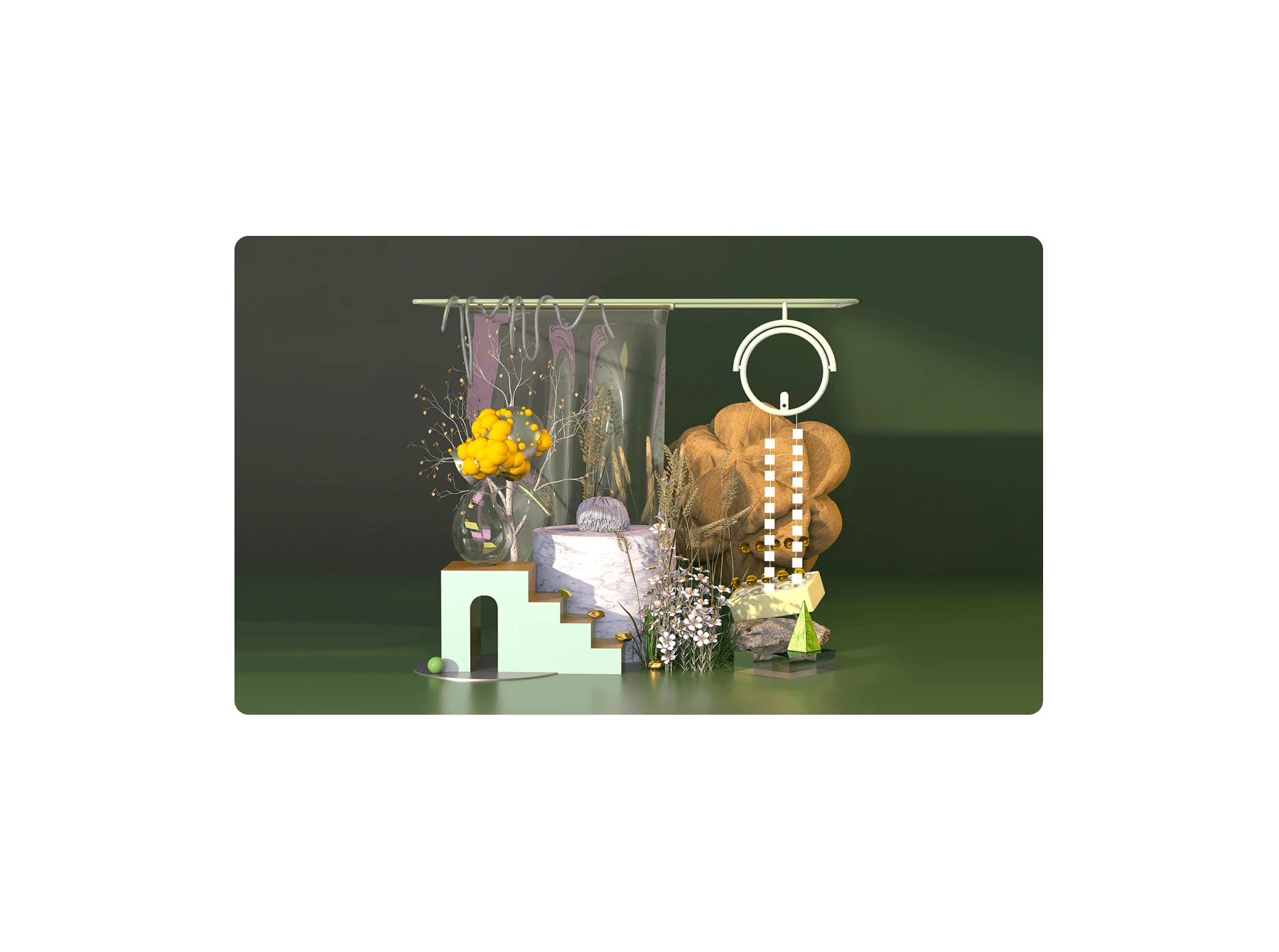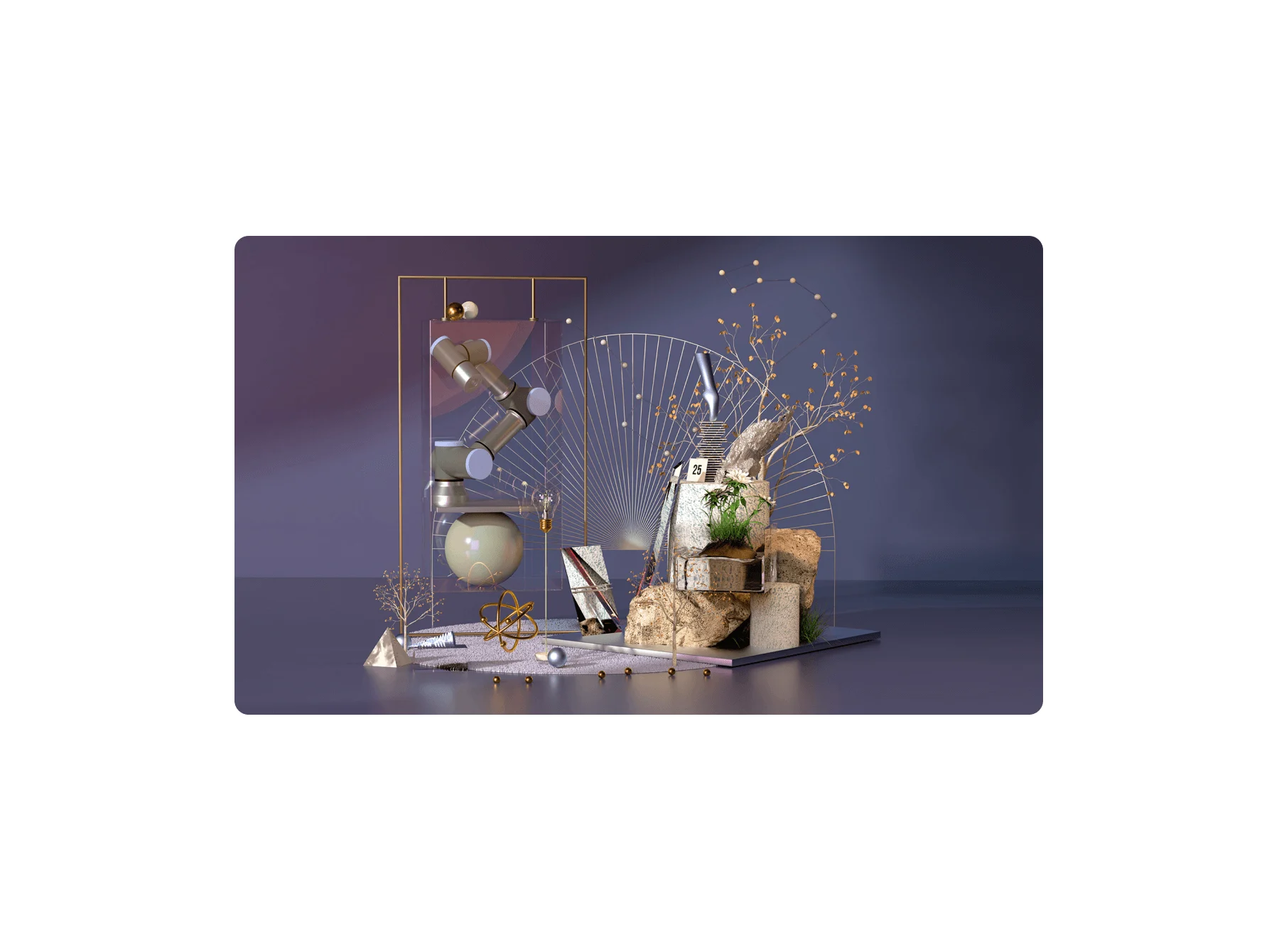
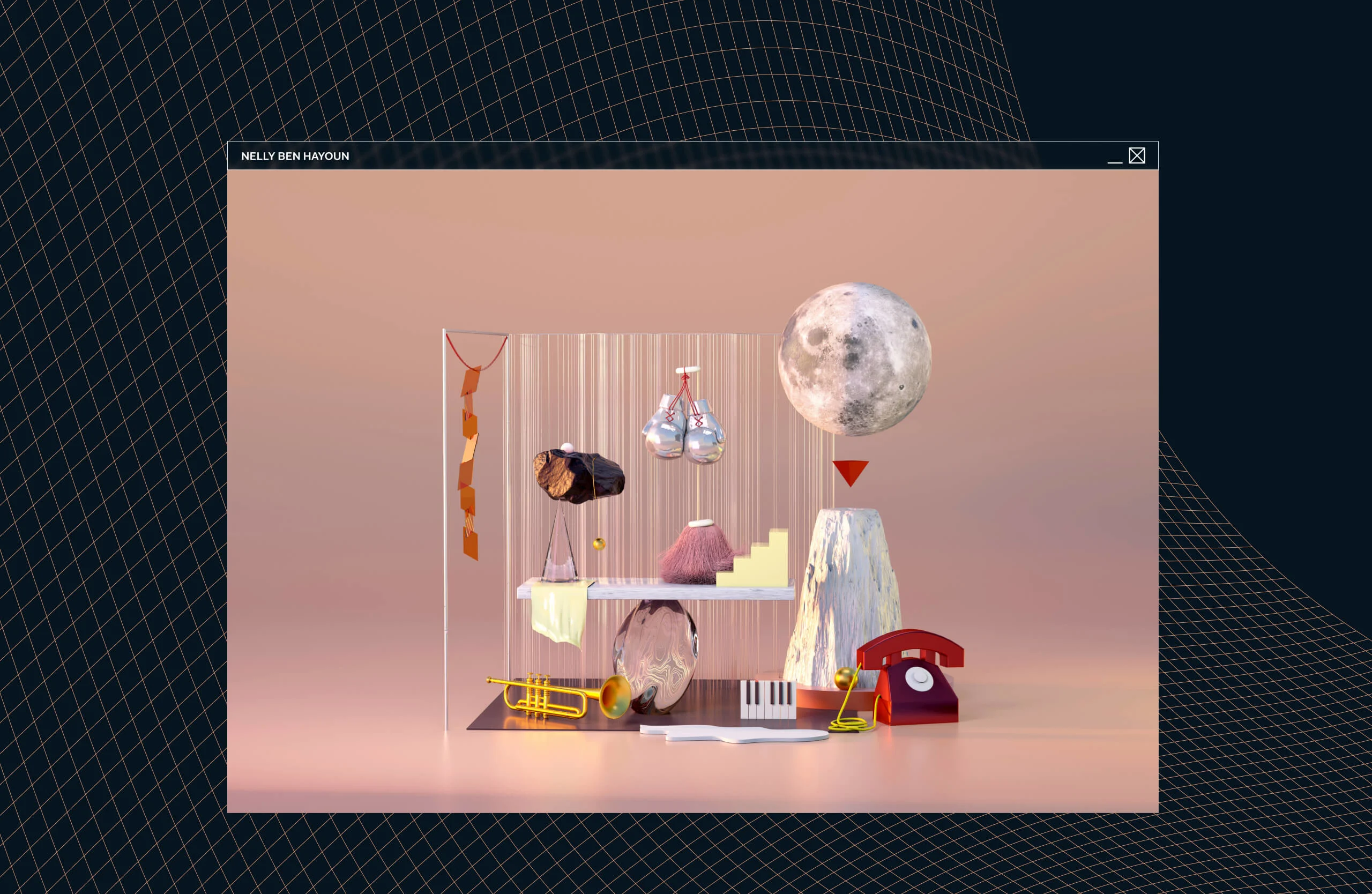

Whether in her work as an artist, filmmaker or designer of experiences, Nelly Ben Hayoun is never content unless she is constantly learning. It’s this thirst for knowledge that has led her to create boundary-pushing work, ranging from an orchestra made up of NASA scientists to a documentary about the origins of knowledge. And it was exactly this appetite for pushing the creative boundaries that led Kia to invite Nelly to participate in Kia’s Creativity Drive Hackathon, with a project focused on nurturing creativity in children, through a playful curriculum exploring how we are all connected to the world around us. Here, Nelly explains her rules (or lack thereof) for creativity to writer Allyssia Alleyne, from being inspired by setbacks to stepping into plurality.
3D illustrations by Yuxin Zhou.
Nelly Ben Hayoun’s resumé reads as though it were written by a particularly ambitious cosmonaut one hundred years in the future: At 36, she’s founded and directed an orchestra made up of NASA space scientists; produced a feature film about procedures to handle outer-space disasters; collaborated with particle physicists on a human-sized simulation of a sonic boom; and maybe, possibly, created dark energy in a kitchen sink. On an average day, she runs a free-thinking, no-cost university in the basement of a London nightclub, and leads a prolific design studio from a subway car on its roof – her personal laboratory for events, films and installations that engage the public and push the limits of possibility.
“I’m a designer of experiences – not a job you can find in the books,” explains the French-born creative, who has collaborated with everyone from NASA, Google and Apple to Noam Chomsky and Kid Cudi. “I use events as a means to modify power structures within institutions, but also to modify the way that futures are being developed.”
Creatively omnivorous and seemingly inexhaustible, Nelly has dipped her toes in everything from music and film to policymaking and education. What drives her is an unquenchable curiosity and a deep-rooted concern for humanity’s well-being – traits she believes are essential to achieve any form of progress.
I’m a designer of experiences – not a job you can find in the books.
This belief in a wider interconnectedness was at the heart of the concept Nelly and her team put forth at Kia’s Creativity Drive Hackathon, an initiative with the key goal of encouraging creativity in children. Working together, they devised a playful curriculum to demonstrate how each of us is connected to the world around us, while emphasizing the power of our own gut instincts, starting with literal lessons about the digestive system.
Like any ability, Nelly believes creativity can be boosted with training and encouragement. “Creativity is at the core of what we are as a species. All of us are born with the capacity to think, create and act,” she says, “but at some point, governments decided that education does not have those kinds of elements at the core of the teaching of any discipline.”
Drawing reference to philosophy, theater and extraterrestrial communication, Nelly breaks down how she moves her formidable concepts from the realm of the impossible to reality.
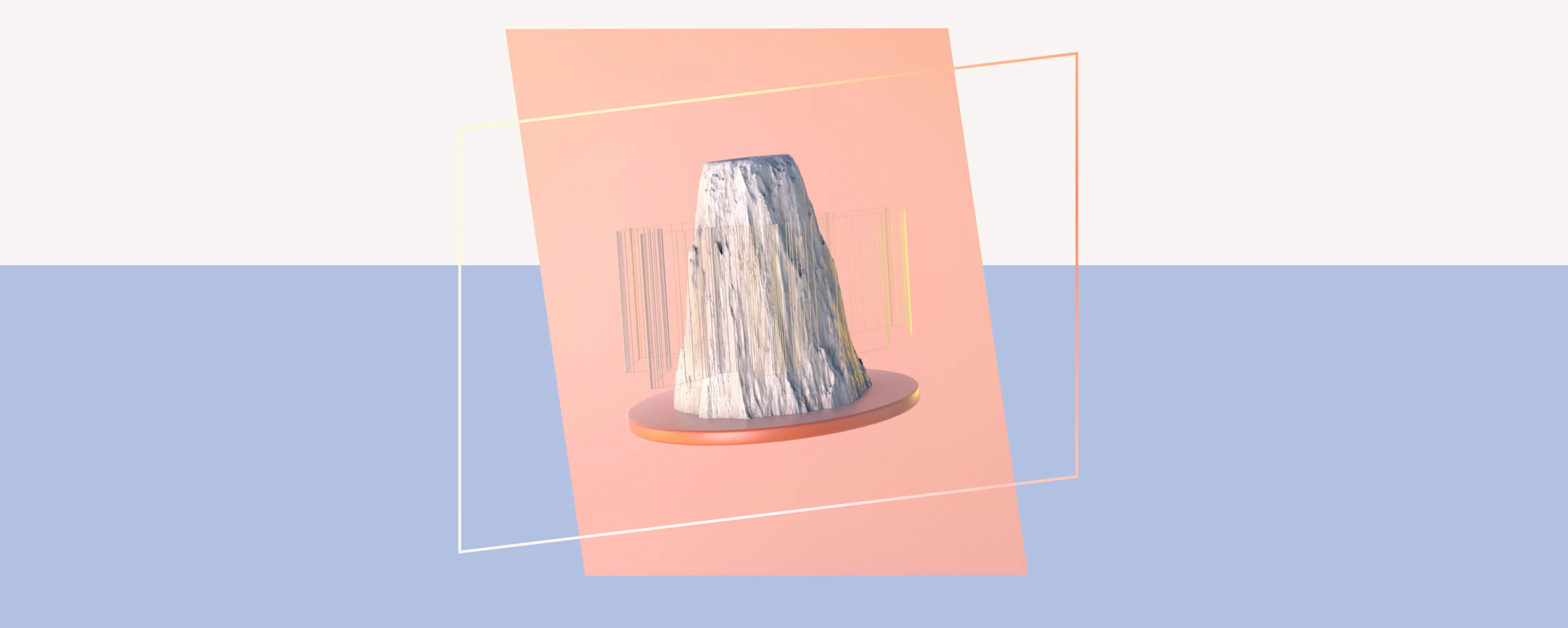
Commit to a lifetime of learning
Long before she was nicknamed the “Willy Wonka of Design,” Nelly Ben Hayoun was a schoolgirl in the South of France, perennially frustrated by the country’s prescriptive and restrictive education system. “I went into science, but it made absolutely no sense to learn about biology or physics – or anything – in a silo. For me, biology is directly related to economics, directly related to politics,” she says. “It became really clear that I had to make my own path.”
Today, Nelly credits a diverse and ongoing education with satisfying her curiosity and enabling her creative pursuits. Her ambitions to work with and develop new and alternative futures, for example, is what led her to pursue her MA in Design Interactions, and she did her PhD in Geography when “it became very clear to me that if you want to activate change in this world, you need to understand a few things about policymaking and about political science.”

Recognize the innate power of individual action
Nelly traces her general view on creativity and social progress not to an artist or designer, but to the German-American political theorist Hannah Arendt, who posited that each of us is unique, and born with the ability to act in new ways. “She said that ‘to act is to begin something new in the world, that is action,’ and that really put into perspective what it means to be an activist,” Nelly says. “It’s inspired me to actually start a lot of these different projects that build communities, empower a counterculture or reform structures and systems.”
This philosophy is at the heart of the teachings at the University of the Underground, the subversive, tuition-free university Nelly founded in 2017, which is now situated in the basement of the Village Underground nightclub in London. Drawing connections between political theory and various creative disciplines, the university reinforces the value of pluralistic thinking, and students are encouraged to recognize their innate potential to modify institutions from within – whether they’re planning to make their mark in nightlife, theater or policymaking.
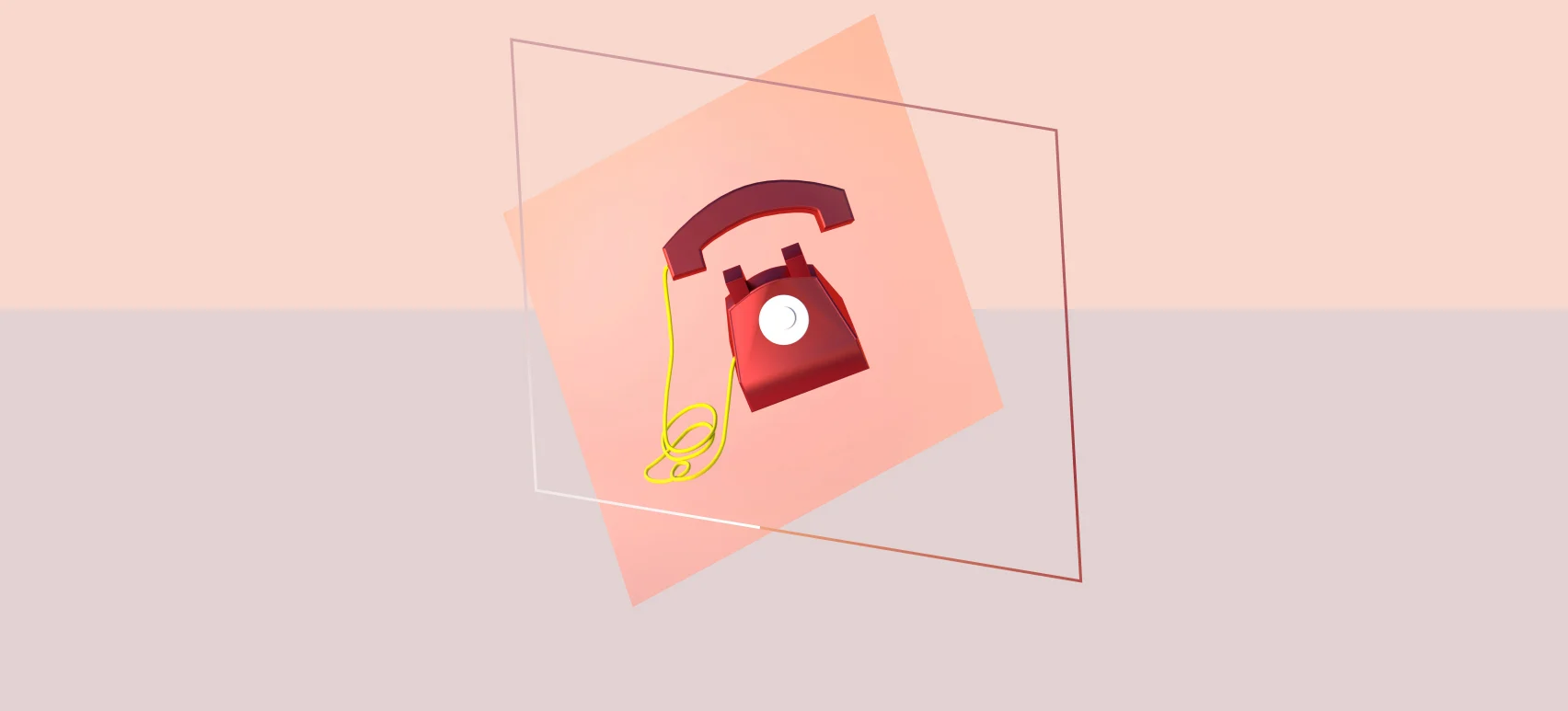
Expand your definition of communication
Since 2013, Nelly has served as designer of experiences at the SETI Institute, a NASA-adjacent agency tasked with discovering whether or not we’re alone in the universe. But for all of the complex science involved, Nelly says many of the conversations revolve around talking to strangers. “A big part of what we do is , ‘If we were to actually receive a signal from outer space, how would we respond? Should we respond?” she says. “That’s something I’ve always been fascinated by – the idea of entering a communication with others when you don’t know how they might respond.”
Within her context of her practice, Nelly tries to be intentional and thoughtful about how she gets her point across, whether she’s assessing an actor during a Zoom casting, explaining a pitch to a client or persuading a gallerist to exhibit her artworks. “And that’s not just language in the way we understand it, but also gestures, props, drawings. All forms of communication can go a long way.”
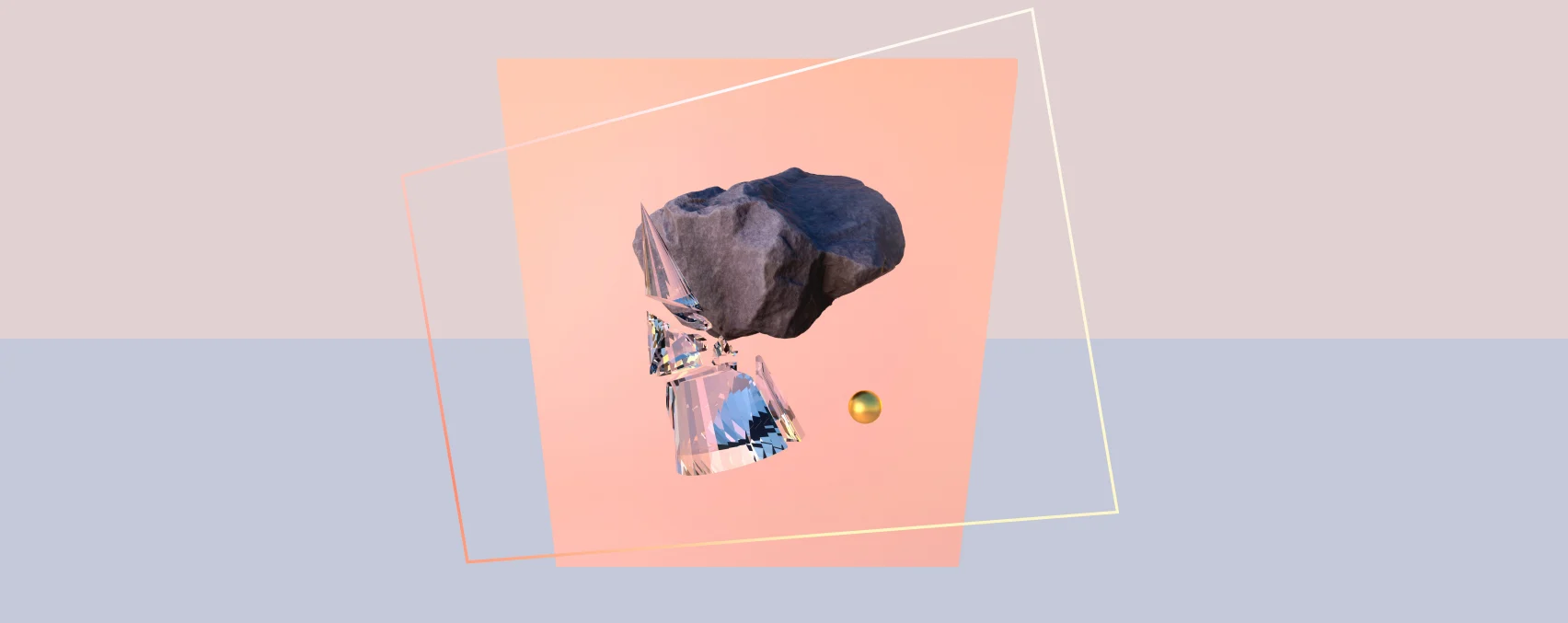
Step into plurality
Forget the stereotype of the lone creative: For Nelly, community collaboration is not only helpful, but necessary. “It all comes back to plurality: This idea that you have multiple people discussing a topic is essential to me in order for a project to make sense and engage with the community you’re working with,” she says.
Disagreement, she warns, is inevitable, but should be seen as a strength rather than a weakness. Appropriating the French dramaturge Antonin Artaud’s concept of the “theater of cruelty” – a surrealist practice of bombarding the audience’s senses to trigger an emotional response – Nelly frames conflict as an essential trigger for creative thinking.
Moments of conflict, understanding and curiosity are what make innovation happen
“You have to actually look for people that are going to challenge your worldview and your belief system, because that’s when you’re going to really break boundaries,” she says. “In the end, that’s what makes innovation happen: these moments of conflict, but also moments of understanding and curiosity.”
If you get the chemistry just right, these collaborations can yield personal rewards and inspiration too, as Nelly discovered during Kia’s Creativity Drive Hackathon. “My team actually had a lot of fun together – we started off speaking about palm trees and sun, and then from there, we started to create an actual concept to redefine how we interact with our environment,” she says. “I genuinely found these humans that I was partnered with to be pretty exceptional, and I’m still in touch with them.”
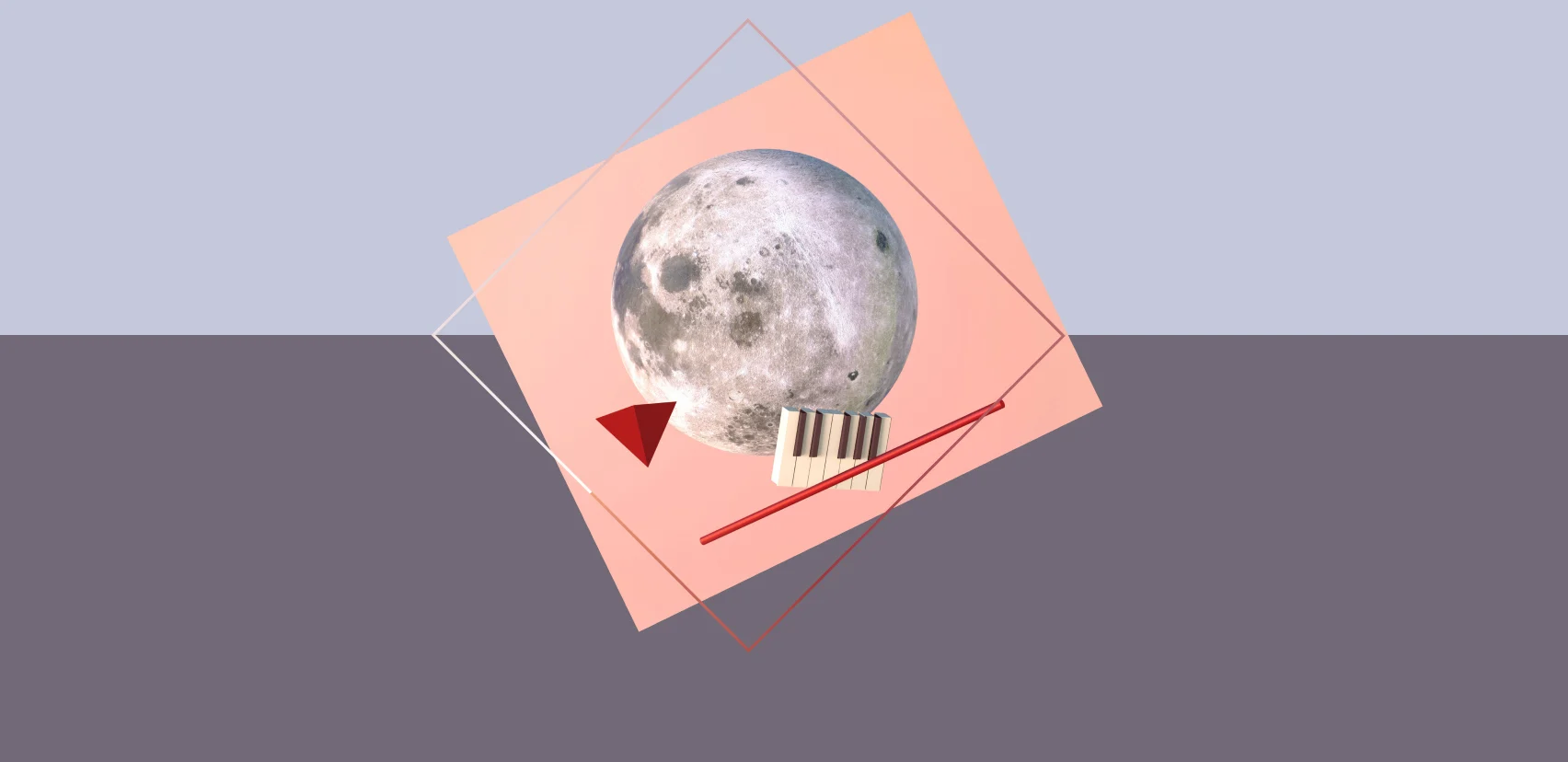
Let setbacks inspire innovation
Going into 2020, Nelly had hoped to begin production on Red Moon, an experimental documentary that explored the concept of diaspora and lunar utopias from multiple perspectives: her own, and those of two doppelgangers in her ancestral homes, Armenia and Algeria. “We’ll have three families that look alike, but have experienced history differently,” she explains. “We were supposed to go to each country to cast and to film, and then, of course, the pandemic happened.”
Putting the project on hold never crossed her mind. Instead, she looked at lockdown as an opportunity to innovate in the development process. Unable to leave the country to scout talent overseas, she began using social media to discover and reach out to potential collaborators and cast members. She also started an IGTV channel in which she shared her conversations with diverse voices that served as research for the film. “In order to keep the momentum, I worked with whatever platforms I could,” she says.

Let your past accomplishments drive you forward
Among her projects, Nelly holds the International Space Orchestra – composed of NASA scientists and astronauts based at the agency’s Ames Research Center – particularly dear. Founded in 2012 as part of a personal mission to “get scientists to rethink the way that they shape and form space missions beyond a colonial and imperialist mindset,” she remembers it as “an extremely difficult project to put into play,” especially given that, as a foreign national, she needed security clearance and an escort just to meet with officials.
But whenever she watches the musicians in action, their jumpsuits covered in patches to mark each year they’ve played together, Nelly is struck by the momentousness of what they have achieved together, and inspired to keep pushing forward.
“They’re effectively like my family, and it’s been extremely emotional because I never expected that I would maintain it,” she says. “A lot of people can start things and then let them be. But for me, it’s always been essential that, whatever you start, you also maintain because this is a commitment that you make to a community.”
Both Kia and WePresent share the belief that creativity is a defining characteristic of humankind. It’s one that should be fostered in future generations; but instead of nurturing creativity in children, our education systems often repress it. This is why Kia devised Creativity Drive: a hackathon that challenged creatives to dream up projects to help equip the next generation with the creative thinking needed for the future. The outcome of the hackathon was the simple yet brilliant insight that the foundation of creativity lies in asking questions, not in having all the right answers.




